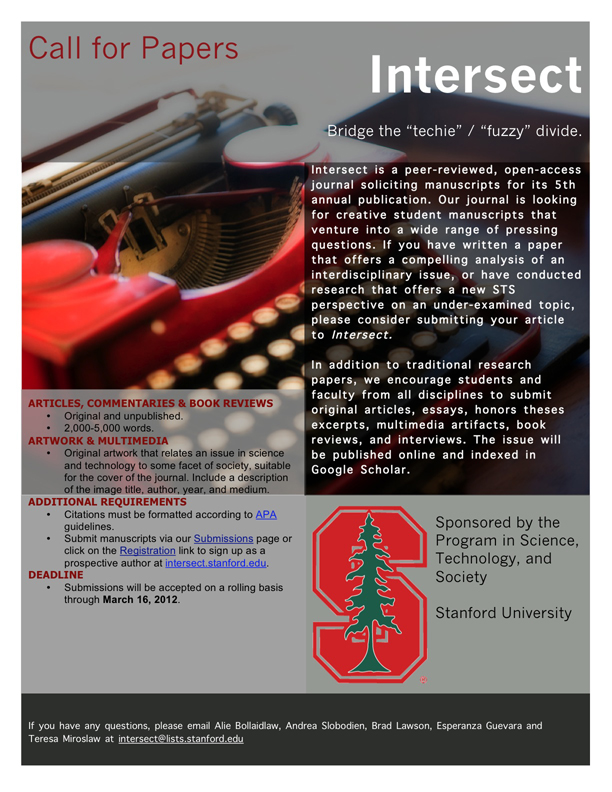A Neuroimage is Worth a Thousand Transformations: The Deceptive Epistemic Value of Neuroimagery
Keywords:
neuroimage, photograph, inferential proximityAbstract
The similarity of neuroimages to photographs connotes a false inferential proximity that obscures the highly correlational nature of the data it represents. As neuroimaging data plays an increasingly salient role in our lives – spurring ethical debates, informing diagnostic criteria, etc. – communicating neuroscientific findings clearly to the public becomes ever more critical. By exploring the multilayered analysis embedded within neuroimages, this paper comments on how the dissemination of findings is as critical as methodology in knowledge creation. A society that is spoon-fed results, without understanding the underlying structure and assumptions, will be ill-prepared to navigate the corresponding complexity of neuroscientific findings.
Downloads
Published
Issue
Section
License
Authors who publish with this journal agree to the following terms:- Authors retain copyright and grant the journal right of first publication with the work simultaneously licensed under a Creative Commons Attribution License that allows others to share the work with an acknowledgement of the work's authorship and initial publication in this journal.
- Authors are able to enter into separate, additional contractual arrangements for the non-exclusive distribution of the journal's published version of the work (e.g., post it to an institutional repository or publish it in a book), with an acknowledgement of its initial publication in this journal.
- Authors are permitted and encouraged to post their work online (e.g., in institutional repositories or on their website) prior to and during the submission process, as it can lead to productive exchanges, as well as earlier and greater citation of published work (See The Effect of Open Access).

